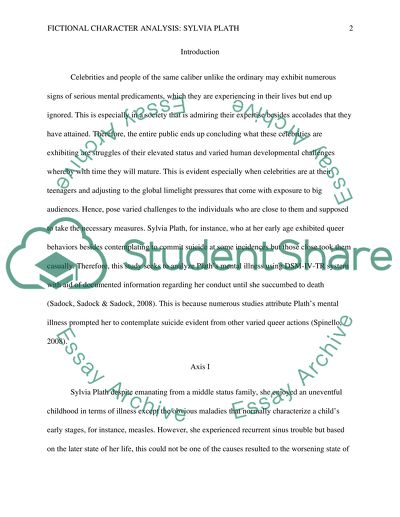Cite this document
(“Fictional Character Analysis Research Paper Example | Topics and Well Written Essays - 1500 words”, n.d.)
Retrieved from https://studentshare.org/psychology/1473187-fictional-character-analysis
Retrieved from https://studentshare.org/psychology/1473187-fictional-character-analysis
(Fictional Character Analysis Research Paper Example | Topics and Well Written Essays - 1500 Words)
https://studentshare.org/psychology/1473187-fictional-character-analysis.
https://studentshare.org/psychology/1473187-fictional-character-analysis.
“Fictional Character Analysis Research Paper Example | Topics and Well Written Essays - 1500 Words”, n.d. https://studentshare.org/psychology/1473187-fictional-character-analysis.


